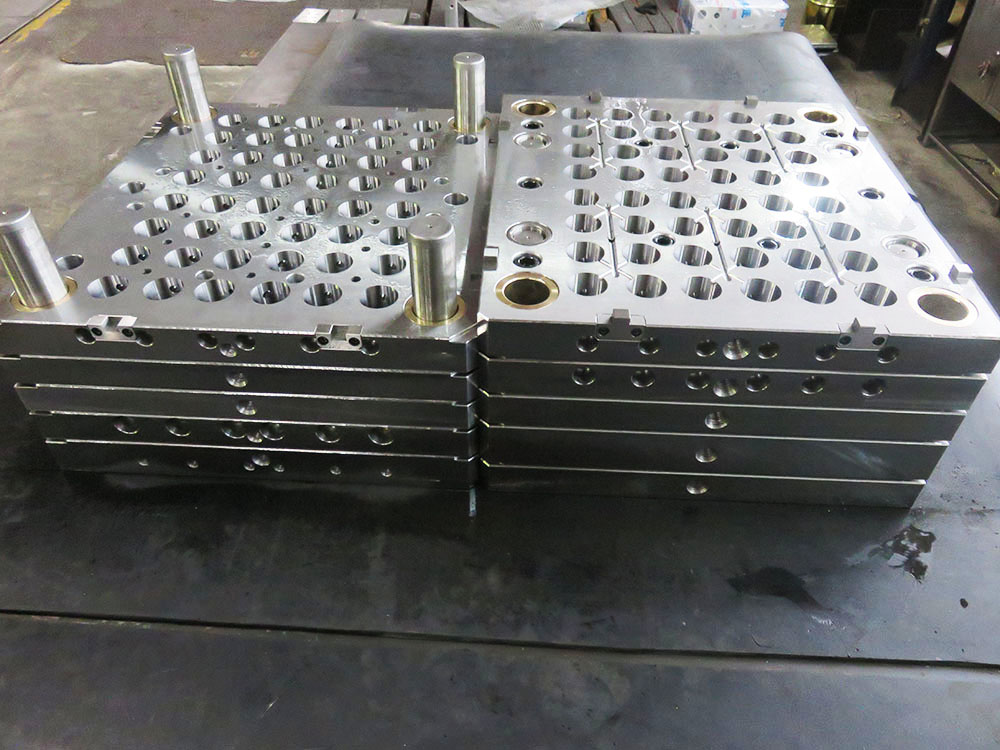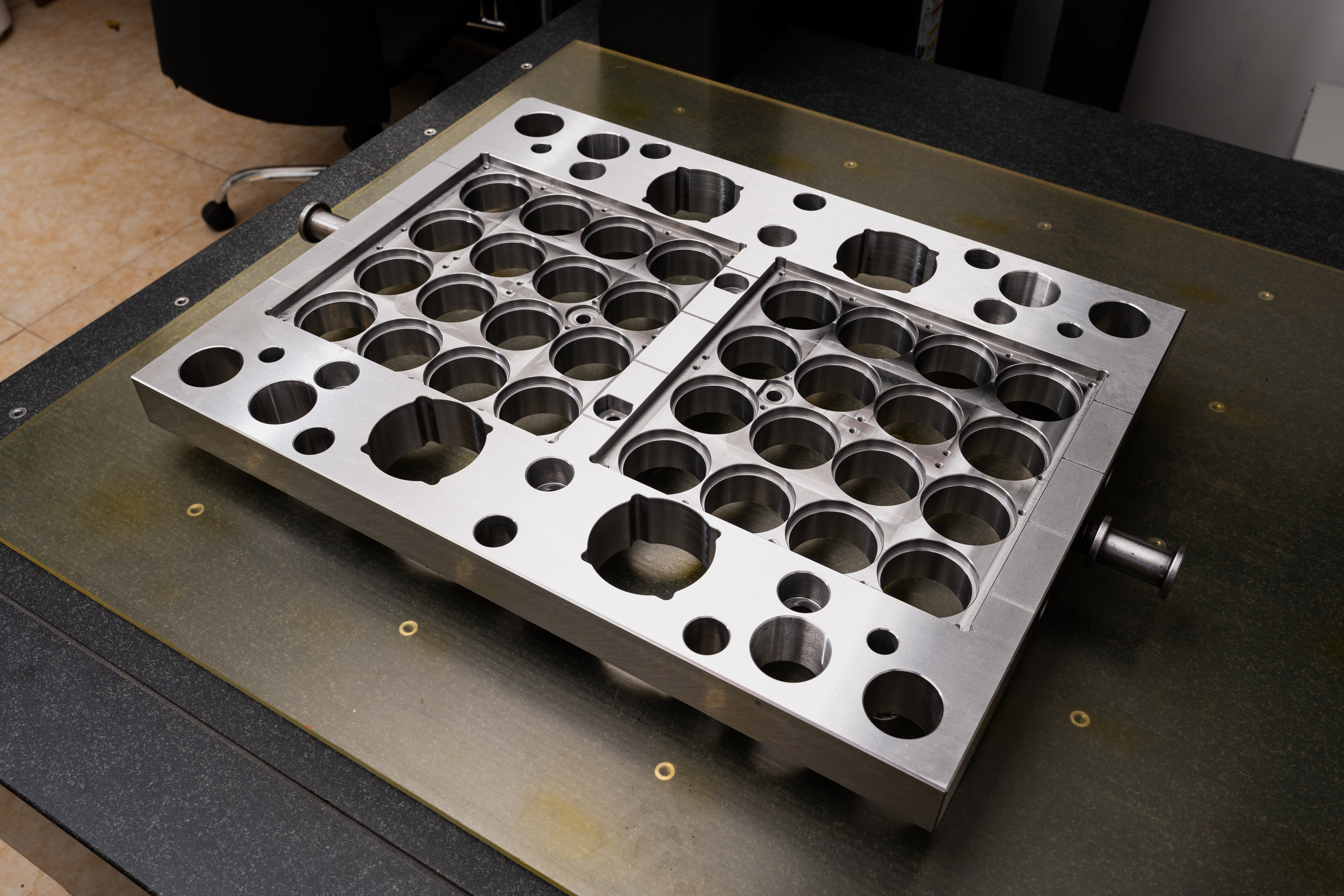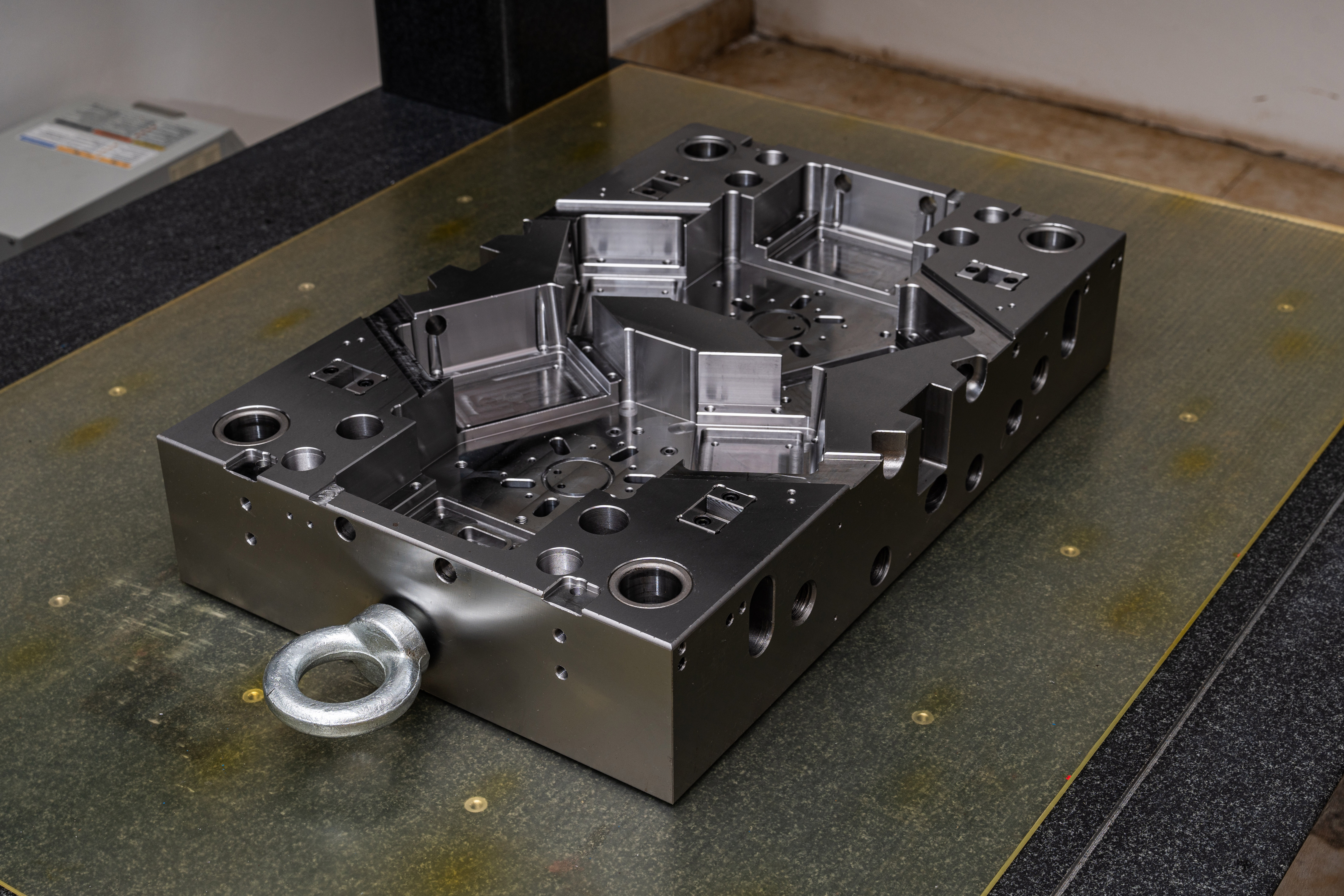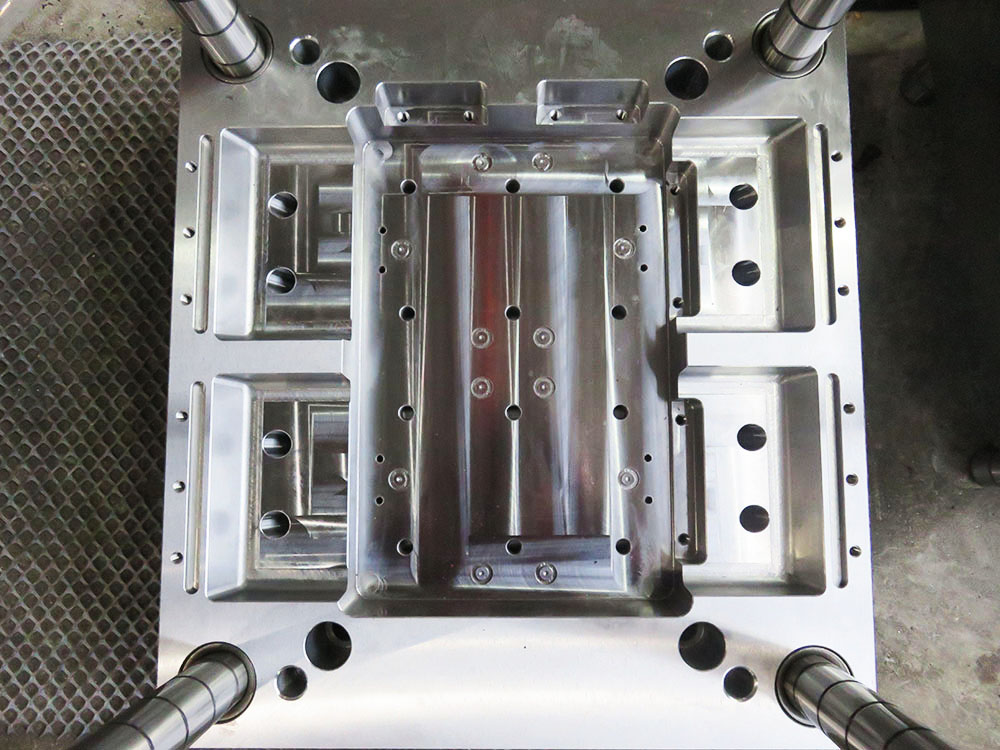How to Conduct an Environmental Assessment for the Processing of Mold Steel Mold Racks: Requirements and Suggestions
Mold Base Industry plays a significant role in the manufacturing sector, providing essential tools for various industries such as automotive, electronics, and consumer goods. In order to ensure sustainable and responsible practices, conducting an environmental assessment for the processing of mold steel mold racks is essential. This article will discuss the requirements and suggestions for conducting such assessments.
Requirements for Environmental Assessment
1. Understanding the Process: Before conducting an environmental assessment, it is crucial to have a thorough understanding of the process involved in the processing of mold steel mold racks. This includes the various stages, such as material selection, fabrication, machining, surface treatment, and assembly. Having a comprehensive understanding will enable the identification of potential environmental impacts at each stage.
2. Identifying Environmental Aspects: Once the process is understood, it is necessary to identify the environmental aspects associated with each stage. This includes analyzing the raw materials used, their extraction processes, energy consumption, waste generation, emissions, and any potential hazards. The identification of these aspects will help in focusing the assessment on critical areas.
3. Regulatory Compliance: Compliance with applicable environmental regulations and standards is crucial in conducting an environmental assessment. It is essential to have a thorough knowledge of the regulatory requirements specific to the processing of mold steel mold racks. This includes understanding waste disposal regulations, emission limits, sustainable material sourcing, and worker safety guidelines.
4. Stakeholder Engagement: In conducting an environmental assessment, it is important to involve relevant stakeholders. This includes employees, management, suppliers, customers, and local communities. Stakeholder engagement ensures that diverse perspectives are considered and helps in identifying potential environmental impacts not initially recognized.
Suggestions for Environmental Assessment
1. Life Cycle Assessment: Consider conducting a life cycle assessment (LCA) to evaluate the environmental impact of the entire life cycle of mold steel mold racks. This includes assessing impacts from raw material extraction, production processes, transportation, product use, and disposal. LCA provides a holistic view of environmental aspects and helps in identifying opportunities for improvement.
2. Energy Efficiency: Assess the energy consumption at each stage of the process and identify opportunities to improve energy efficiency. This can include the use of energy-efficient machinery, optimizing production processes to minimize energy wastage, and implementing energy-saving practices such as switching off equipment when not in use.
3. Waste Reduction: Implement measures to reduce waste generation throughout the process. This can include recycling and reusing materials, optimizing material usage, and implementing waste management practices such as segregating waste streams and implementing proper disposal methods for hazardous waste.
4. Emissions Control: Identify potential sources of emissions such as volatile organic compounds (VOCs) and implement measures to control and reduce their release. This can involve the installation of pollution control systems, the use of environmentally friendly surface treatments, and the adoption of best practices to minimize emissions.
5. Continuous Improvement: Environmental assessment should not be a one-time exercise but an ongoing commitment to continuous improvement. Regularly review and reassess the environmental aspects and impacts associated with the processing of mold steel mold racks. Implement corrective actions and monitor the effectiveness of these measures.
In conclusion, conducting an environmental assessment for the processing of mold steel mold racks is essential to ensure sustainable and responsible practices in the Mold Base Industry. By understanding the process, identifying environmental aspects, complying with regulations, engaging stakeholders, and following suggestions such as life cycle assessment, energy efficiency, waste reduction, emissions control, and continuous improvement, the industry can minimize its environmental footprint and contribute to a greener future.




